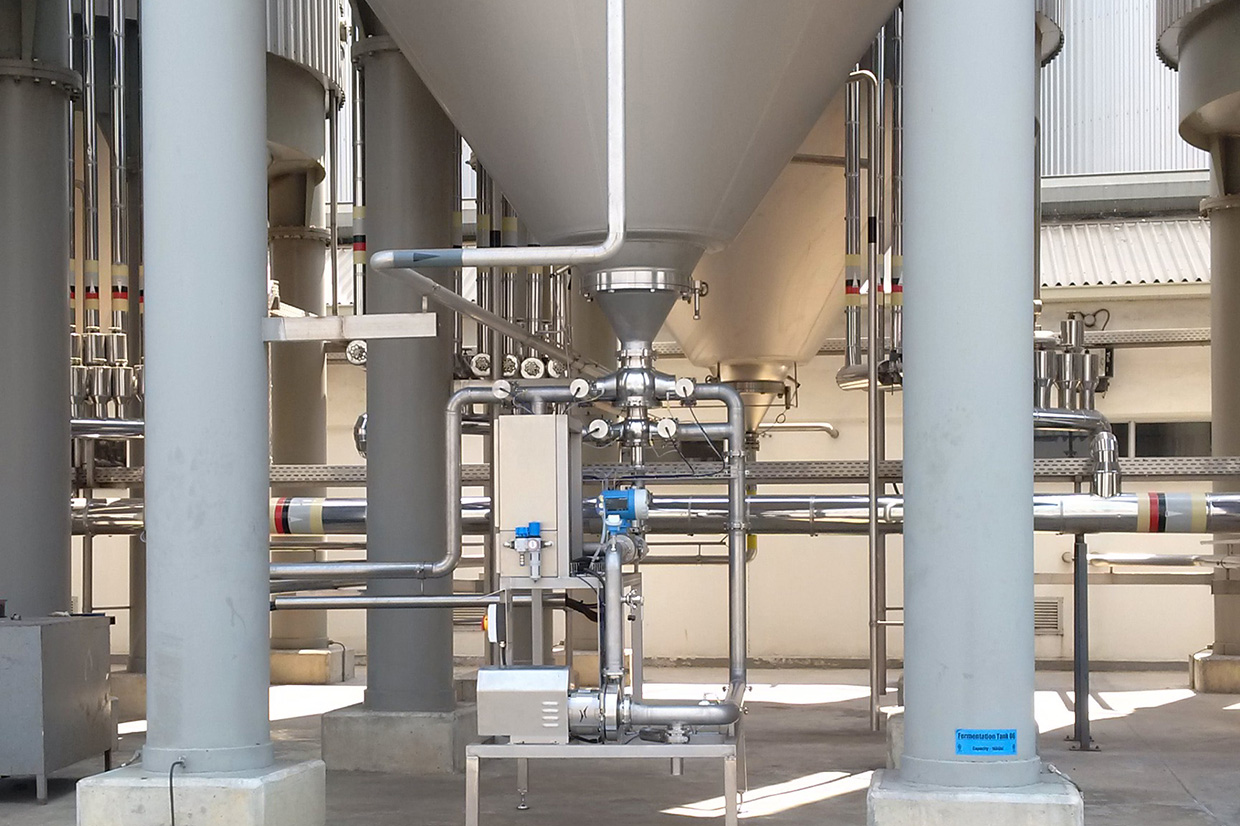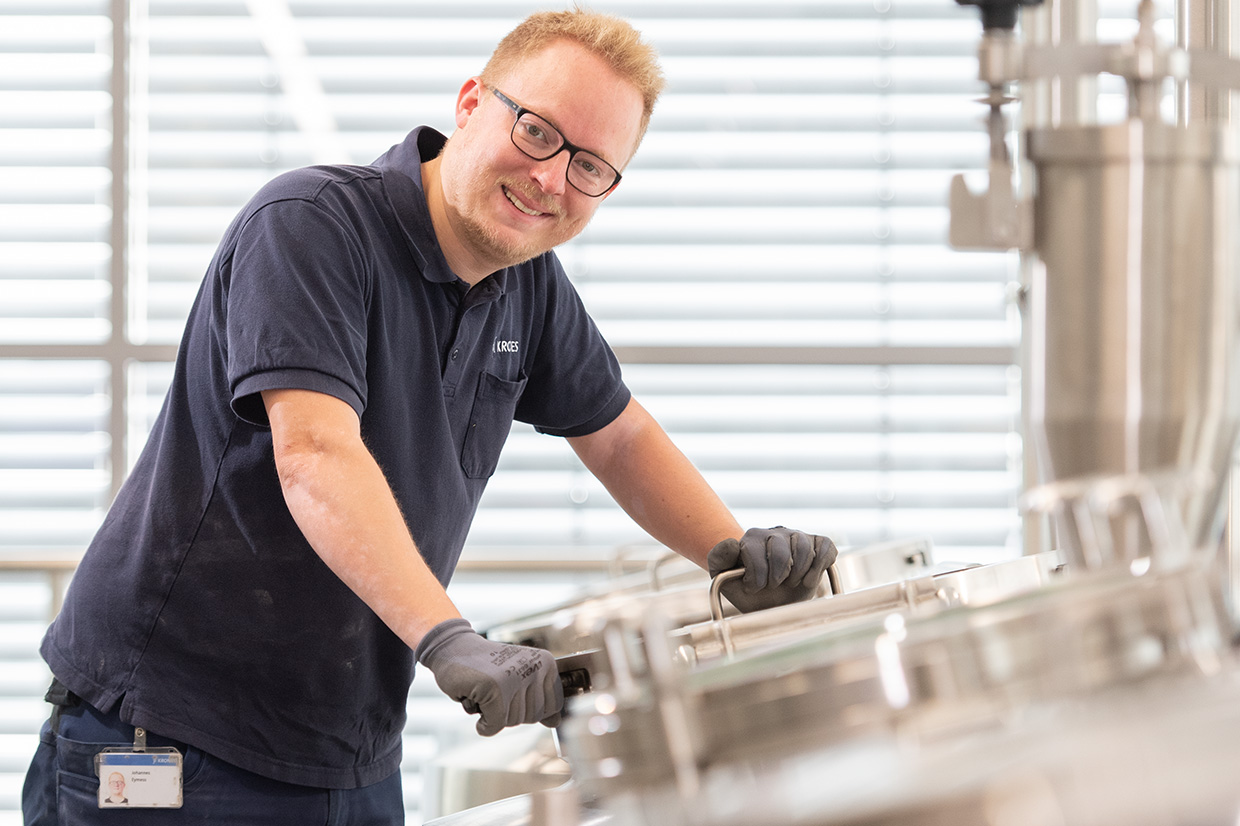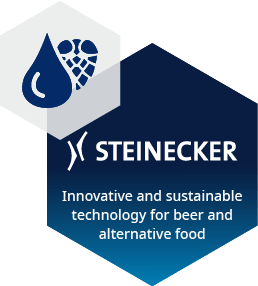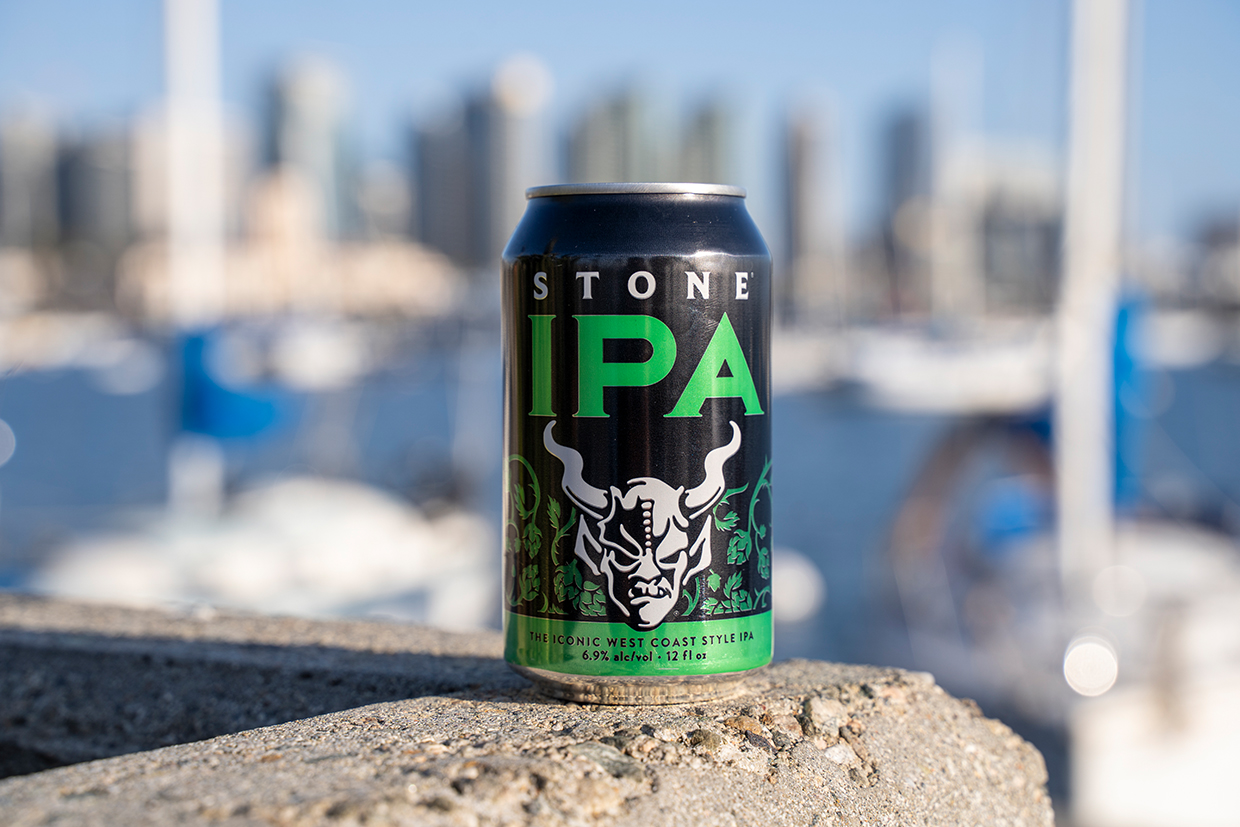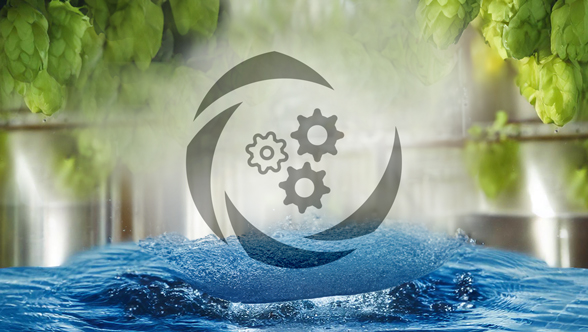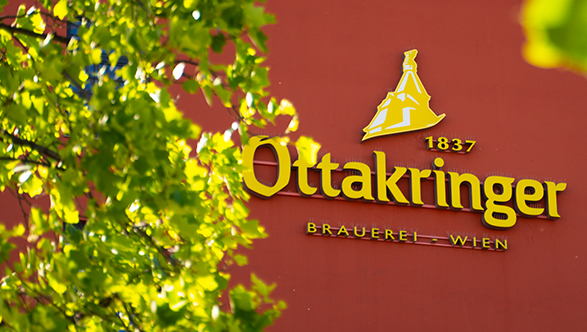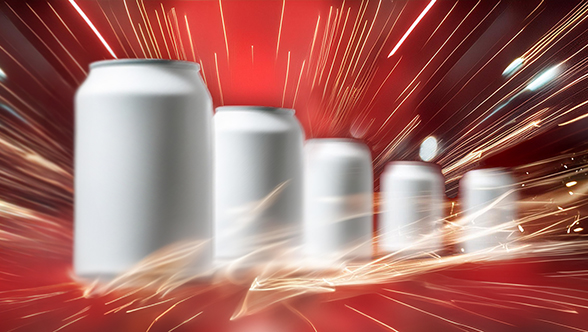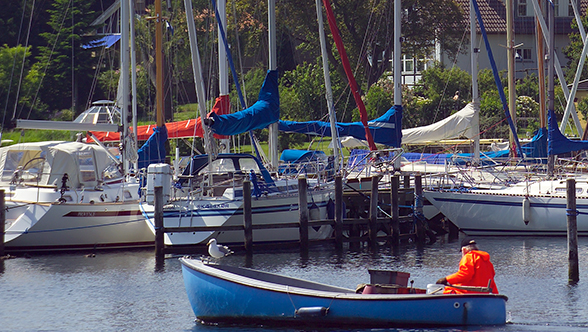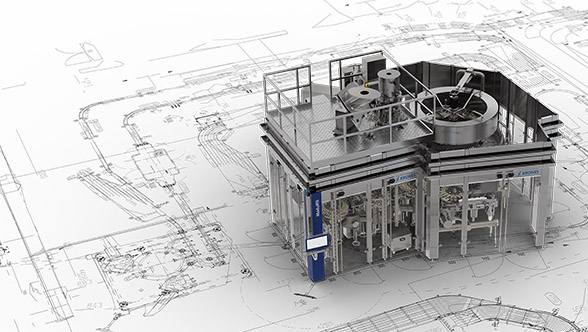The reasons why customers opt for Poseidon are many and varied, explains Johannes Eymess in an interview. He is a design engineer at Steinecker and has been involved in the project from the very beginning. Called “dynamic fermentation” when it started, it was premiered at the drinktec 2017. Stone Brewing, one of the USA’s largest craft breweries, reports on the experience they gained with Poseidon.
Johannes, just imagine you’re in the lift with a brewer whom you want to get interested in Poseidon during your short ride. What do you say?
It depends a bit on whether that person works in a craft brewery or in industrial beer production. In the first case, I’d say: ‘Do you also get annoyed about the losses incurred when filling dry-hopped beer? Firstly because you’ve got too many hops to start with and not enough of them at the end, and also because beer trapped in the hops is left behind in the tank? Poseidon enables you to recirculate the beer in the fermenter, thus ensuring a constantly homogeneous mix, so you get optimum quality from the first to the last drop and need smaller quantities of hops for the same flavour match. You can also interrupt beer filling and keep the particles in the beer moving.
Okay, but now I’d also like to know what you would have told an industrial brewer.
I would ask: ‘How about a technology that enables your company to reduce occupancy times for your tanks with certain raw materials and a high original extract?’ And I’d go on to explain how Poseidon can accelerate the fermentation process by distributing the yeast homogeneously in the beer. I’d point out that recirculation likewise speeds up beer cool-down, another important part of the process. So that’s time saved for the company in any case.
